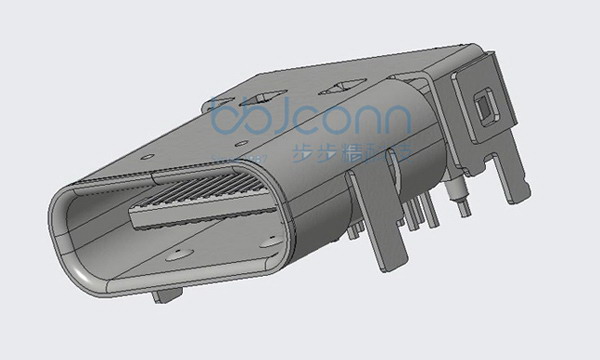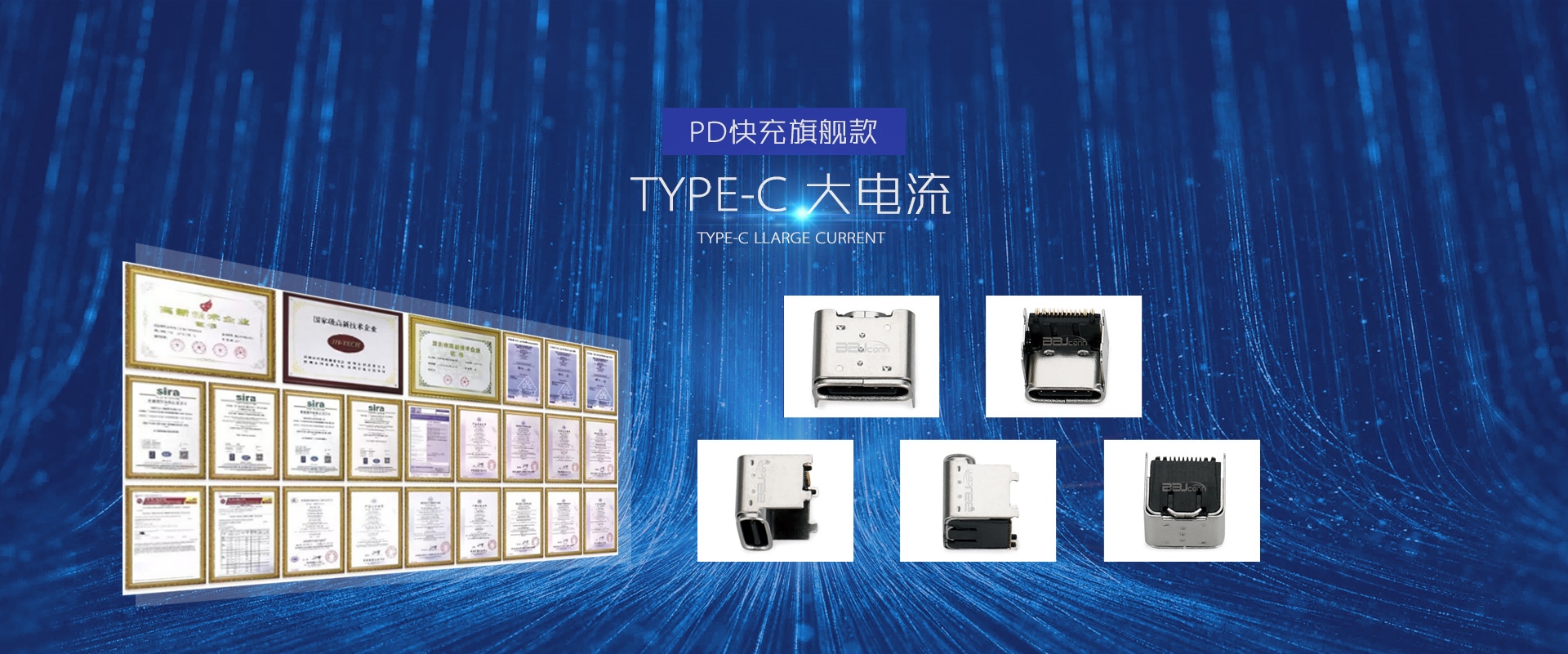Type-C through-hole welding: innovative technology to improve connection quality and production efficiency
In the manufacturing process of modern electronic products, the choice of connection technology directly affects the performance, reliability and production cost of the equipment. With theType-C interfaceWith its wide application, how to improve its connection quality and production efficiency has become the focus of the industry. Type-C through-hole welding technology, as an innovative connection technology, has gradually become an important factor in improving product quality and manufacturing by virtue of its advantages in the production process. An important tool for efficiency. This article will provide an in-depth analysis of the advantages of Type-C through-hole welding and explore its impact on electronic product manufacturing.
Application background and challenges of Type-C interface
As one of the most advanced universal connection standards at present, the Type-C interface is widely used in various electronic devices such as smartphones, laptops, tablets, chargers, etc. Its biggest features are reversible plugging and unplugging, fast transmission rate and support for High-power transmission. However, the connection quality of the Type-C interface directly determines the performance of the device, especially in scenarios such as frequent plugging and unplugging, fast charging and data transmission, stable connections are crucial. This requires that during the production process , using efficient and reliable welding technology to ensure that the connection of each interface is firm and stable.
How Type-C through-hole welding works
The core principle of Type-C through-hole welding technology is to use perforation technology to effectively connect the soldering points directly to the metal terminals of the Type-C interface through the circuit board. Compared with traditional welding technology, this method can effectively connect the interface structure without damaging the interface structure. Achieve a stronger and more stable connection under the condition. Through-hole welding can not only reduce the gaps in the interface and improve the reliability of electrical contacts, but also reduce problems such as virtual welding and cold welding that are easy to occur in traditional welding methods, thereby significantly improving the product's quality. Overall quality.

Main advantages of Type-C through-hole welding
1. Improve connection stability
Type-C through-hole welding can effectively solve the problem of weak connections or poor contacts that may be caused by traditional welding processes. Through the through-hole process, the contact area between the interface and the circuit board is increased, thereby improving the strength of the solder joints and the stability of the electrical connection. This is especially important for devices that are used for a long time and are frequently plugged and unplugged, because in these cases, poor connections often lead to device failure or damage.
2. Improve production efficiency
Compared with traditional welding processes, Type-C perforation welding has a higher level of automation. Through precision perforation equipment and automated welding processes, the production cycle can be greatly shortened. Especially in mass production, perforation welding technology can effectively reduce The complexity of manual operations reduces errors in the production process and improves production efficiency.
3. Optimize electrical performance
The Type-C interface has strict requirements for data transmission rate and power transmission. Through the through-hole welding process, the electrical performance can be better ensured. Because the through-hole welding provides a more stable conductive path, the transmission of data and power is more efficient and reliable. Reduces the risk of signal attenuation or voltage instability. This is especially critical for high-speed data transmission and fast charging devices.
4. Reduce welding defects
Type-C through-hole welding reduces the problem of welding defects caused by excessive temperature, improper solder quality or workmanship. In the traditional welding process, due to the influence of high temperature, poor contact or interface damage may occur. However, through-hole welding can be performed at lower temperatures. The welding is completed at a temperature that avoids these problems and improves the welding quality and the overall reliability of the product.
5. Cost savings
Although the initial investment of Type-C perforation welding technology may be higher, in the long run, it can significantly save production costs. First, perforation welding technology can reduce the rework rate during the production process and reduce the scrap rate caused by welding problems; Secondly, the high efficiency of through-hole welding can reduce production time and reduce labor costs. Therefore, using this technology can achieve higher economic benefits in mass production.
Application prospects of Type-C through-hole welding
As electronic devices have higher and higher requirements for connection technology, the application of Type-C interface will continue to expand. Especially in the fields of 5G, smart wearable devices and electric vehicles, the application potential of Type-C interface is huge. Therefore, Type-C interface The demand for -C perforation welding technology will also further increase. By improving the accuracy and efficiency of welding technology, companies can not only improve the performance and reliability of their products, but also gain an advantage in the fierce market competition.
In short, Type-C through-hole welding technology, with its unique advantages, is of great significance in improving connection quality, production efficiency and reducing costs. As the technology continues to develop and mature, it will be used in the production of more electronic products in the future. application and push the entire industry to a higher level.
